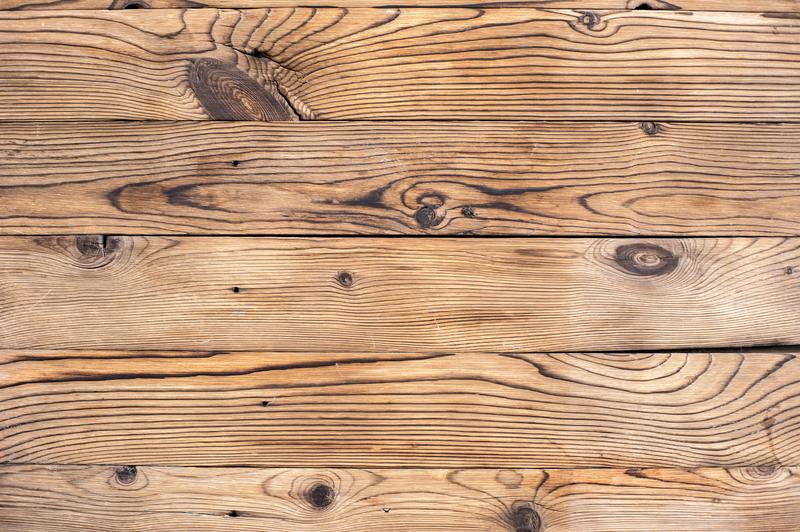If you notice rotting wood, one of the things you’ll want to know is how do you treat water damaged wood as moisture may be causing it to wither. Better get your sandpaper and putty ready – among other tools and chemicals – because they’ll come in handy for what you need to know.

How To Fix Water Damage On Wood?
Step #1. Assess the damage
First order of business, you have to assess the damage. Water-damaged wood could bring about other complications.
There are multiple ways you can identify and locate water-damaged wood. If you need help, here’s an informative article on how to detect water damaged wood.
Moreover, one of the things you should know is that moisture sets the perfect conditions for mold to grow. Spills that you haven’t cleaned up in time could make the area a breeding ground.
Step #2. Protect yourself
When checking for mold or mildew, make sure you take steps to protect yourself. Exposure to mold or mildew can cause health complications and trigger allergies.
If it’s a minor problem, you can carefully clean the affected area yourself and dispose of it accordingly. If things get serious, you’ll have to leave, close the site off from airflow to prevent contamination, and contact professional services.
We’ve got your back if you want some tips on preventing mold resulting from water damage. Here’s a helpful guide on how to prevent mold after a leak.
Step #3. Check for stains
Afterward, you’ll have to check out the stains on the wooden surface.
If the stain seems salvageable, you could easily take care of the stain. You’ll have to bring out your tools if it’s rotting a lot.
Here’s a rundown on the two ways to approach this.
If the damage is minimal
With an easily manageable stain, you won’t have to break down the wood. All it takes is a few chemicals.
Start by cleaning the surface with two different liquids: mineral spirits or paint thinner and mild dish soap and water.
The mineral spirits can eliminate any greasy residue such as polish or old wax. The dish soap mixture can take care of any water-soluble grime.
If there are raised grains on the affected surface, use sandpaper and lightly sand away at it until the surface is even.
There’s more to learn on the aforementioned mineral spirits and how they work. One way is how it can make black rings from water damage. If the rings darken, you can create a mixture using oxalic acid.
Pour in oxalic acid crystals to warm water in a jar with a plastic spoon. The plastic part is vital as the acid might react with metal.
Keep adding spoonfuls until no more crystals can dissolve. Take note that you should wear gloves and eye protection when dealing with oxalic acid.
With a rag or a sponge, you can douse the entire surface – not only the dark areas – with the oxalic acid mixture. Let it dry for five minutes for the best results.
The acid can immediately make the stains disappear, but you may need to apply a second coat just in case. Wait for the first application to dry out thoroughly before using a second coat.
If the stains don’t go after multiple coats, you may resort to sanding the stains away. Make sure to rinse it off properly before sanding, though.
Rinse thoroughly with clean water to wash off any residual acid. You’ll have to rinse repeatedly and dry it with a paper towel or clean cloth after every rinse.
Once dried, put on a respirator if you have one. Use 400 grit paper to lightly sand the whole area to deal with raised grain from the oxalic acid.
If the wood is clearly rotting
When damage takes its toll on the wood, it’s time for more drastic measures.
You’ll need a chisel to take out all the damaged parts of the wood that are beyond repair. Ensure to thoroughly clean the area once you finish removing the rotted parts.
Next, you’ll need auto putty filler. Fill the holes with the filler to even out the rest of the wood.
You’ll have to repeat the process to deal with all areas with heavily damaged wood.
Once all the putty dries up, you can now start sanding the putty to be even with the rest of the surface.
Finally, you’ll need to prime the repaired area and paint over it. It goes without saying that you should ensure the paint matches the surrounding area.
To maintain the integrity of the repairs, you can inspect all your wooden belongings or structures about every six months.
Conclusion
There you have it! Now you won’t have to ask, “how do you treat water damaged wood”, and you’ll be able to take steps to go about doing it.
The materials you might need may be a doozy to purchase. Don’t worry; it’ll all be worth it to have your wooden areas and surfaces looking fresh.
With all the tools and chemicals you need under your belt, you won’t have to worry about water damage affecting anything wooden you have around your abode.
